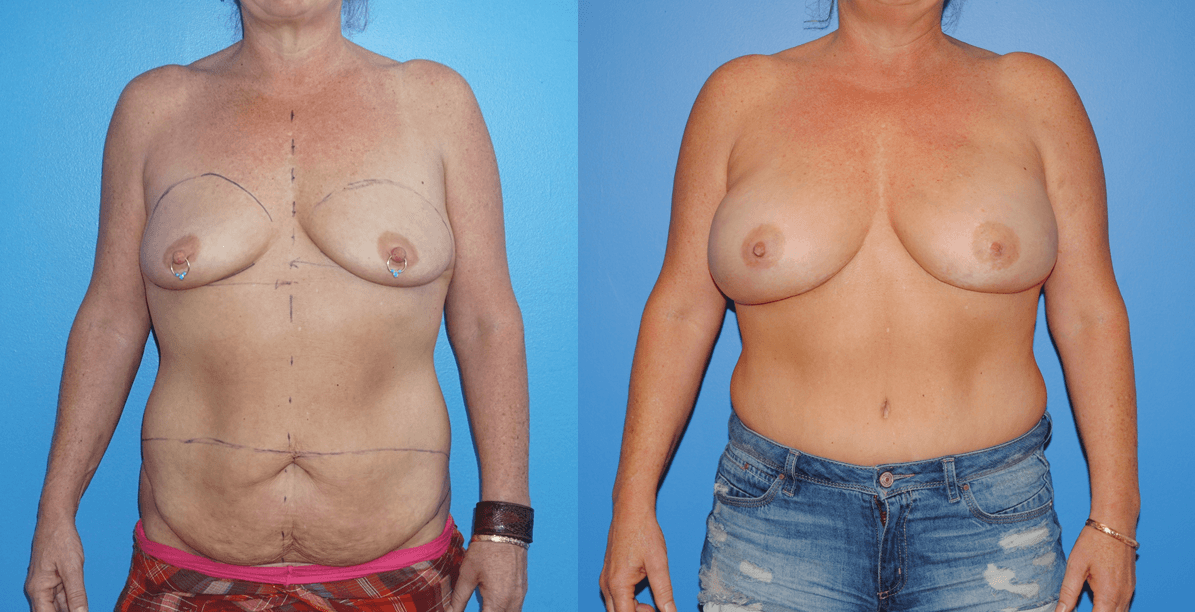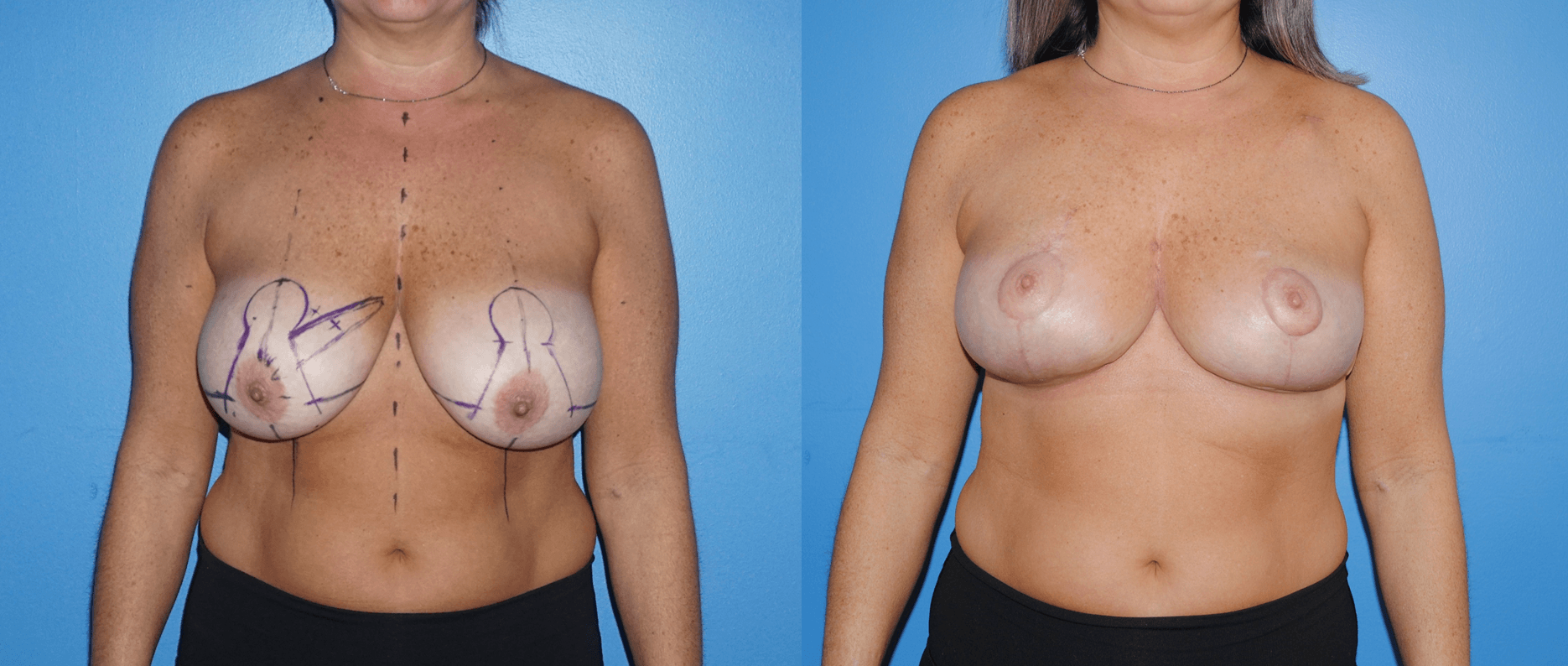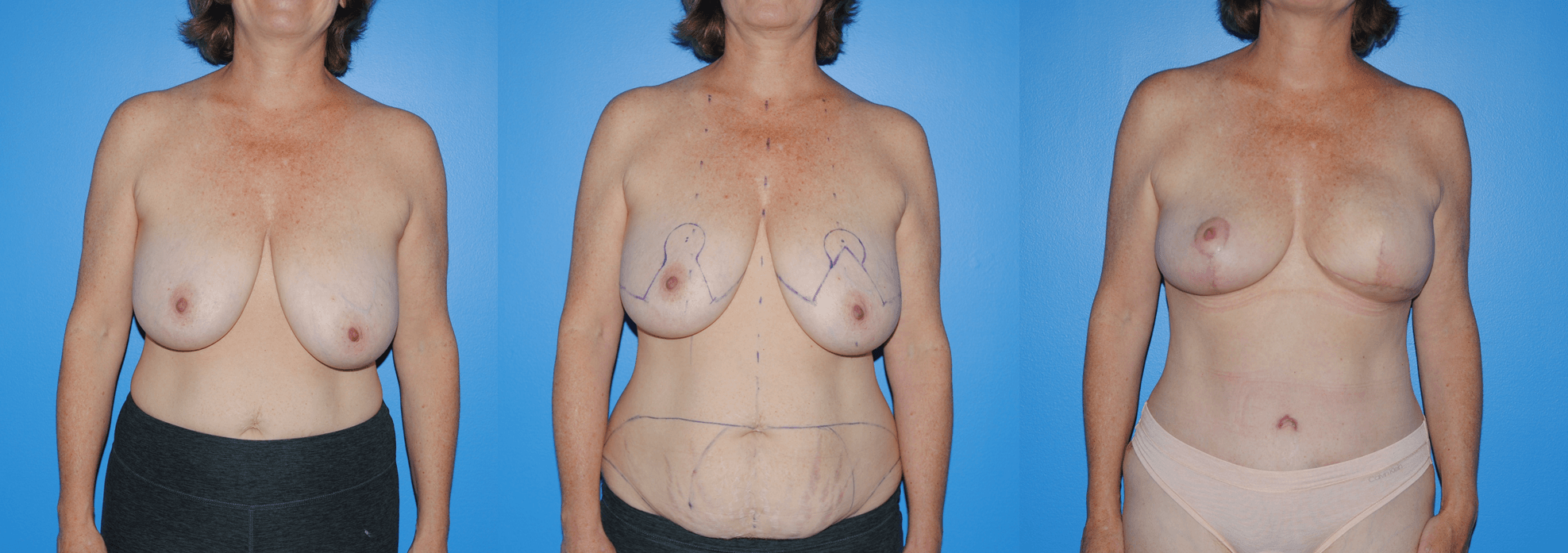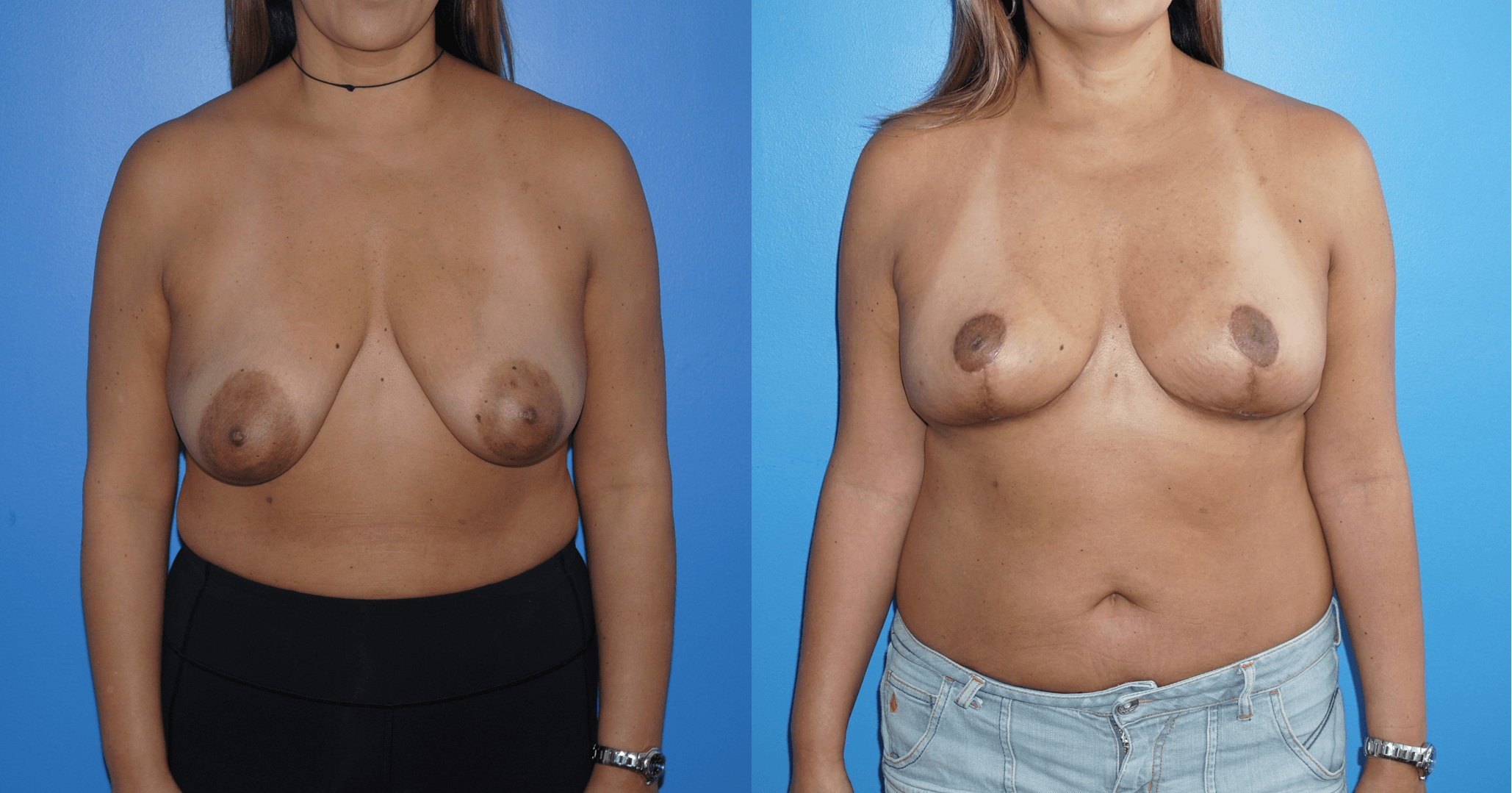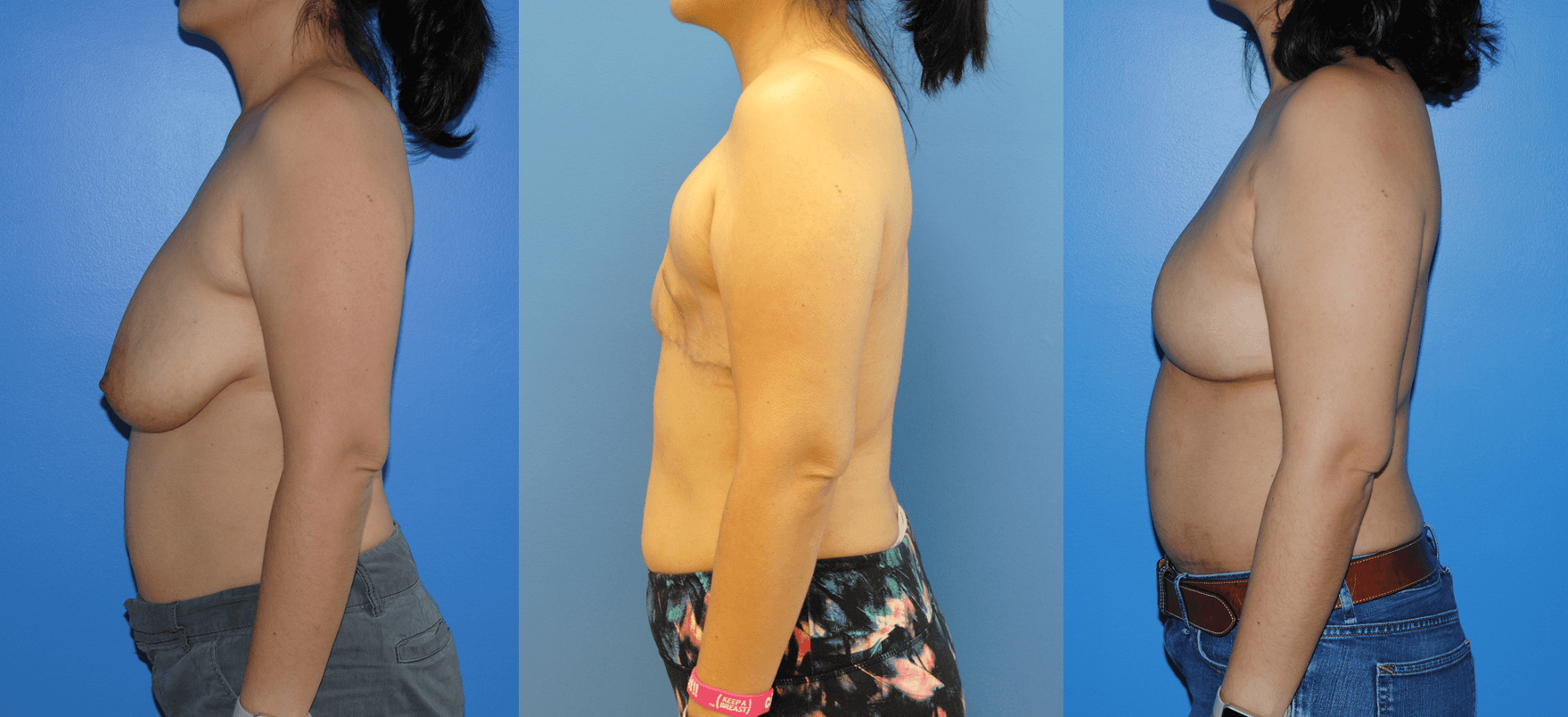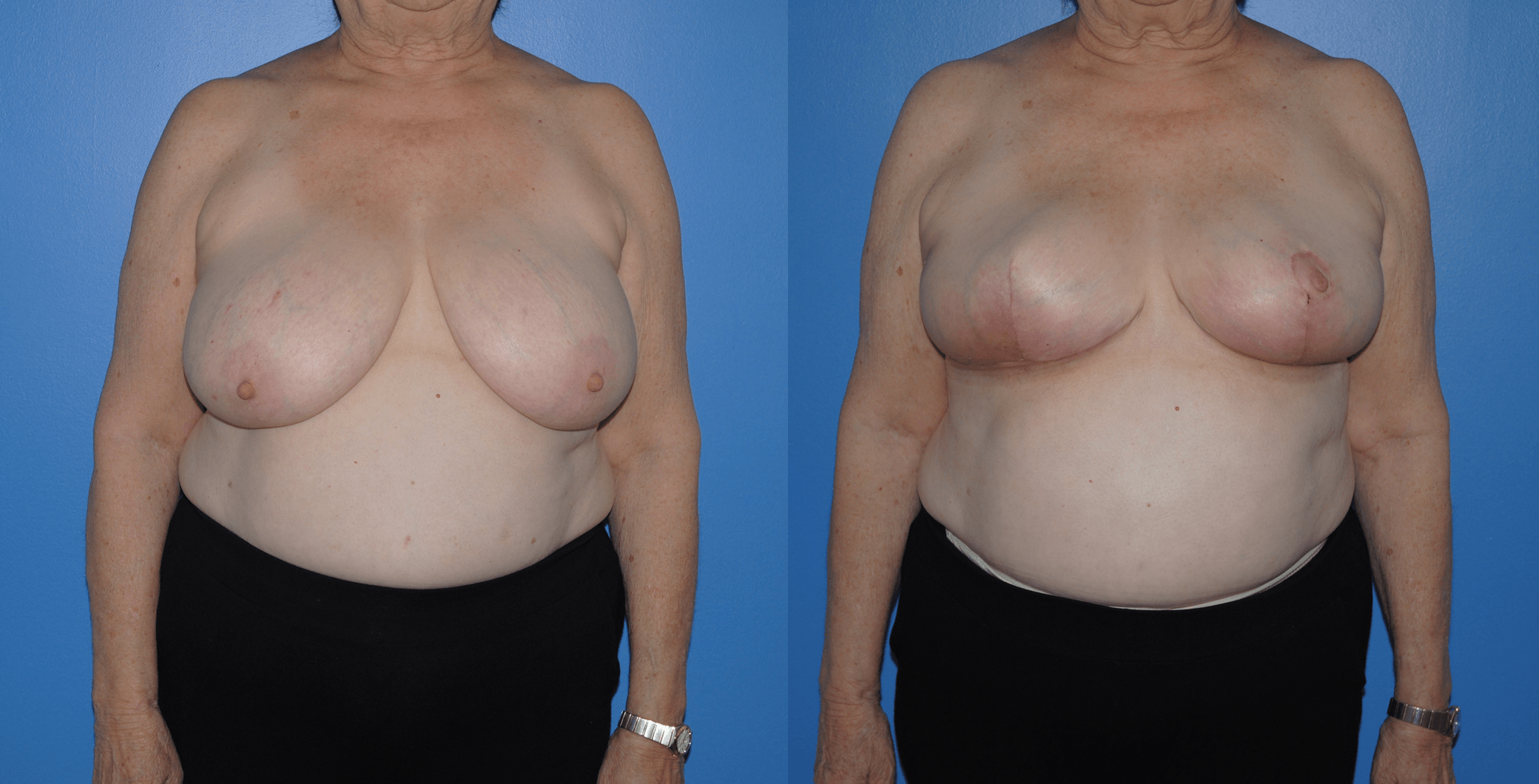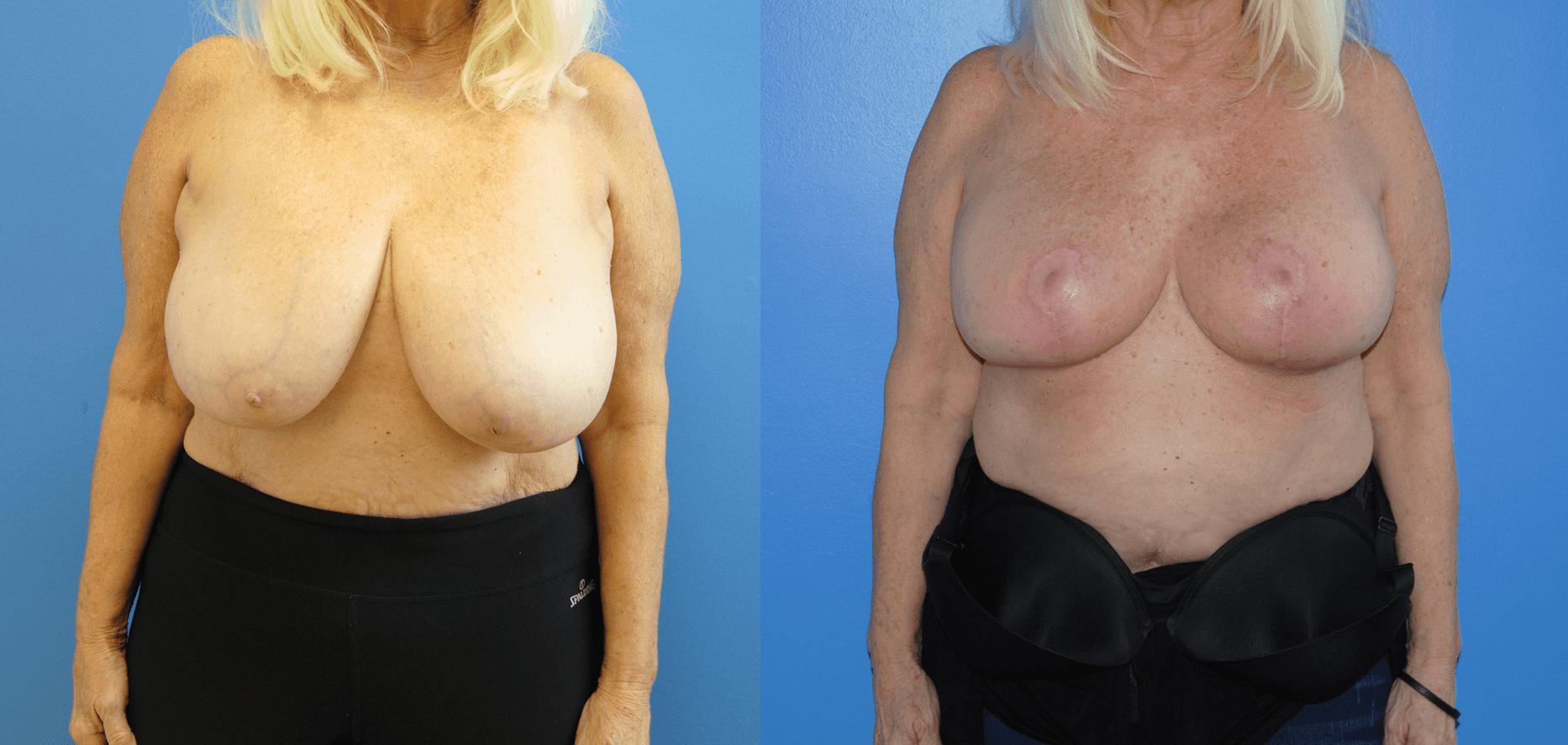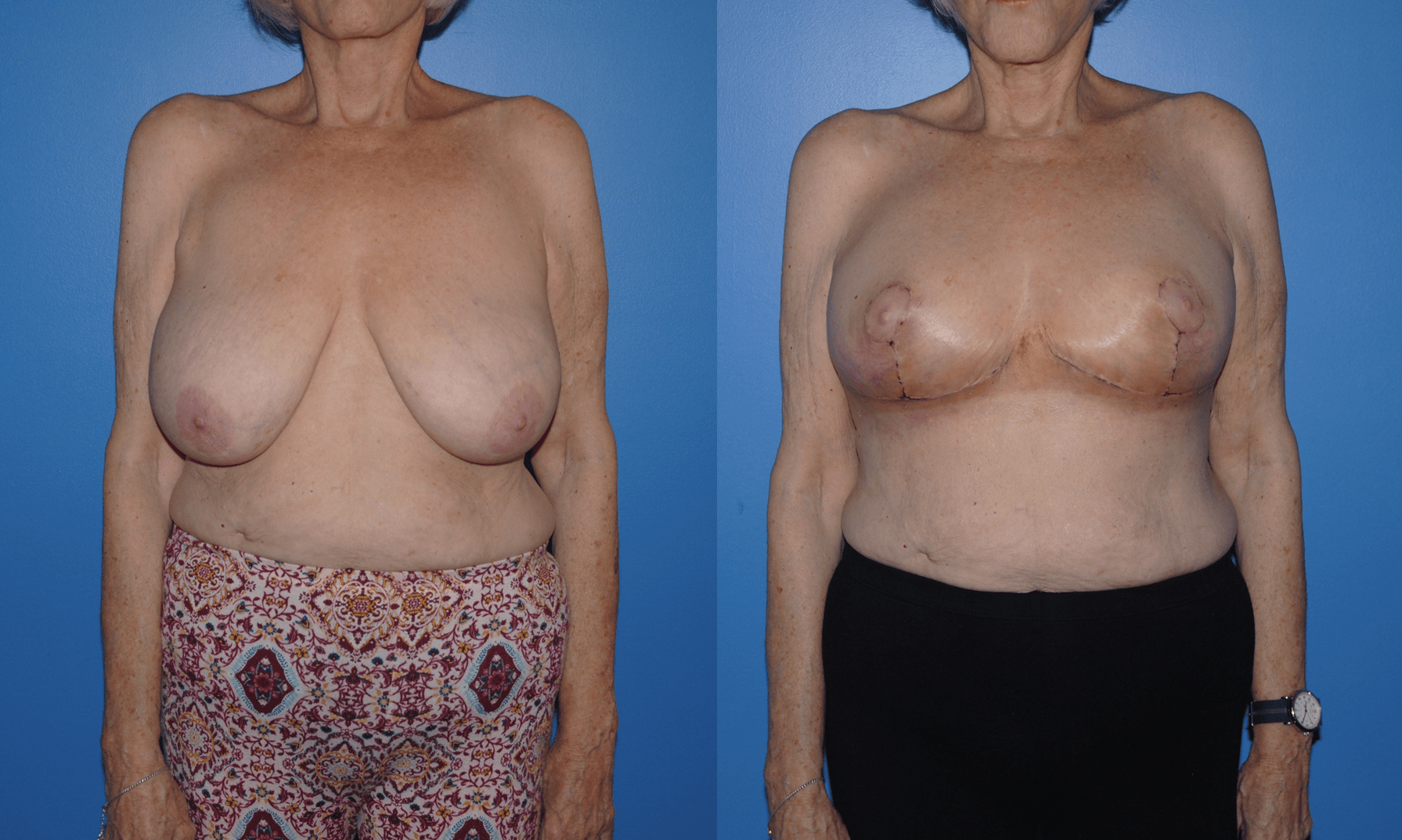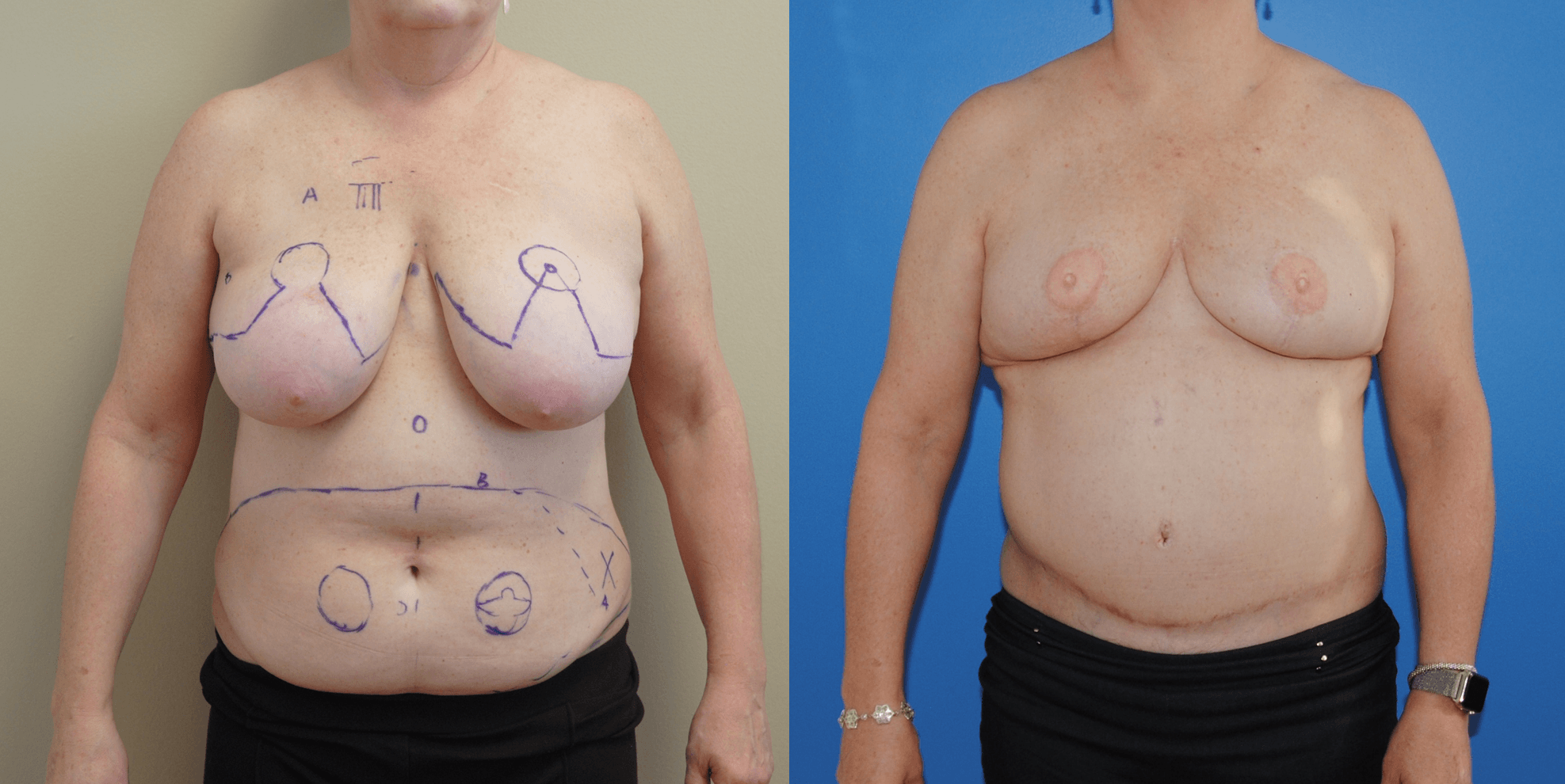There are several options to reconstruct the breast following mastectomy. Depending upon the degree of pre-operative ptosis of the breast, the patient may be a candidate for a nipple sparing mastectomy. A nipple sparing mastectomy may be performed through an inframamary incision. For a DIEP flap reconstruction, the operative surgeon often needs access to blood vessels in the chest, usually…
